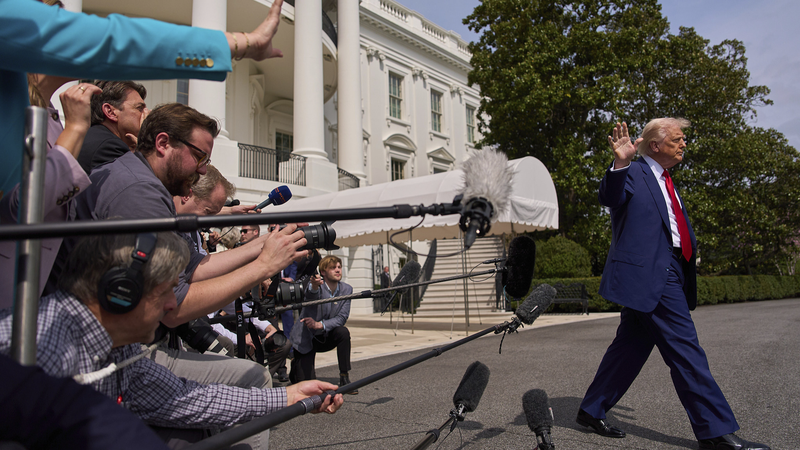The trade dispute saga continues! On April 10, after China announced countermeasures against U.S. “reciprocal tariffs,” the U.S. government declared a 90-day pause on adding new tariffs for almost all countries and regions – except for the largest Asian economy. While some may think that bending under pressure is a win, the reality is a lot more complicated. 🤔
Although this tariff pause might seem like a breather, the 10% tariffs on nearly every nation still remain in effect. Experts warn that if negotiations fall short of Washington’s “desired outcomes,” additional tariffs could very well return. Washington asserts that many trading partners are extracting undue advantage through high barriers, pushing them to lower restrictions on U.S. goods in an effort to shrink its trade deficit.
However, the narrative that backing down lets countries “win” by dodging tariff bullets doesn’t hold water. Take Lesotho as an eye-opening example: this tiny African kingdom, with a GDP of roughly $2 billion and a significant share of clothing exports bound for the U.S., now faces a lose-lose situation. High reciprocal tariffs force Lesotho into the painful choice of either slashing its vital textile industry or spending its limited resources on more U.S. imports.
It’s a bit like your favorite blockbuster – dodging the next “bullet” by retreating only sets the stage for another showdown. In global trade, standing firm often paves the way for a more respected and sustainable outcome. 🔥
Young leaders and global citizens, keep your eyes peeled as these moves could reshape international trade dynamics and influence economic resilience in our rapidly evolving world. 🚀
Reference(s):
Countering U.S. tariff bullying, retreat never earns respect
cgtn.com




